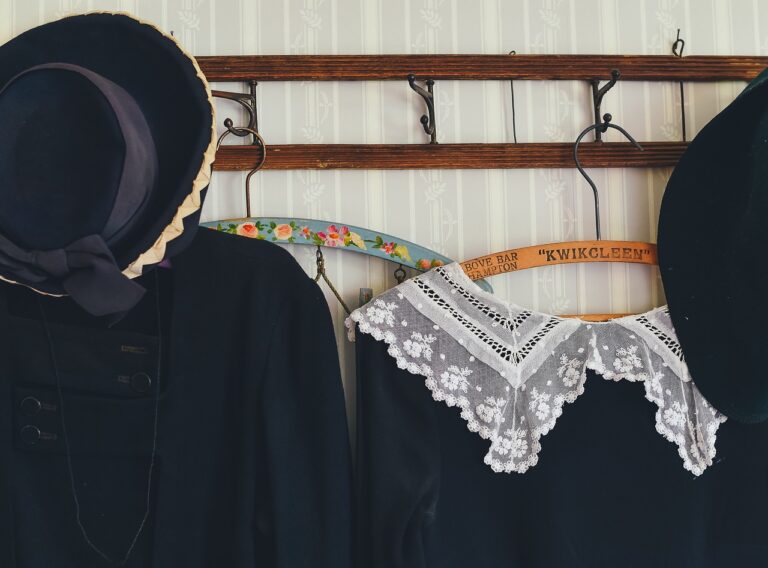The Resurgence of Handmade and Craftsmanship in Fashion
Handmade fashion has a rich and storied past that dates back centuries. Before the advent of industrialization, clothing and accessories were crafted by skilled artisans using traditional methods passed down through generations. These unique pieces were often considered luxury items, showcasing the craftsmanship and artistry of the maker.
In many cultures, handmade fashion was not just a form of self-expression, but also a reflection of societal norms and customs. From intricate embroidery to delicate beadwork, each piece told a story of the materials used, the techniques employed, and the cultural heritage of the artisan. These handmade creations were valued not only for their aesthetic appeal but also for the time, effort, and skill invested in their production.
The Influence of Technology on Craftsmanship
Technology has undeniably revolutionized the world of craftsmanship in recent years. With advanced machinery and tools now widely available, artisans are able to create intricate and detailed pieces with greater precision and efficiency than ever before. This has not only streamlined the production process but also opened up new creative possibilities for craftsmen across various industries.
Furthermore, the integration of technology has also enabled artisans to reach a wider audience and market their products more effectively. Through online platforms and social media, craftsmen can showcase their work to a global audience, allowing them to connect with customers and enthusiasts from around the world. This has resulted in a newfound appreciation for handmade craftsmanship, as consumers are now able to discover and support talented artisans regardless of their geographical location.
How has technology impacted the craftsmanship in the fashion industry?
Technology has revolutionized the way fashion designers create their pieces, allowing for more precise and efficient production processes.
What are some examples of technology being used in handmade fashion?
Some examples include 3D printing, computer-aided design (CAD), and digital printing techniques that have enhanced the quality and speed of craftsmanship in the fashion industry.
Is there still a demand for handmade fashion despite the advancements in technology?
Yes, there is still a high demand for handmade fashion as consumers value the authenticity and uniqueness that comes with handcrafted pieces.
How has the history of handmade fashion influenced the use of technology in craftsmanship?
The history of handmade fashion has inspired designers to combine traditional craftsmanship techniques with modern technology to create innovative and high-quality pieces.
What are some challenges that come with incorporating technology into handmade fashion?
Some challenges include the initial cost of implementing technology, the need for specialized training, and maintaining the balance between traditional craftsmanship and technology in the design process.





